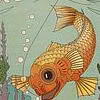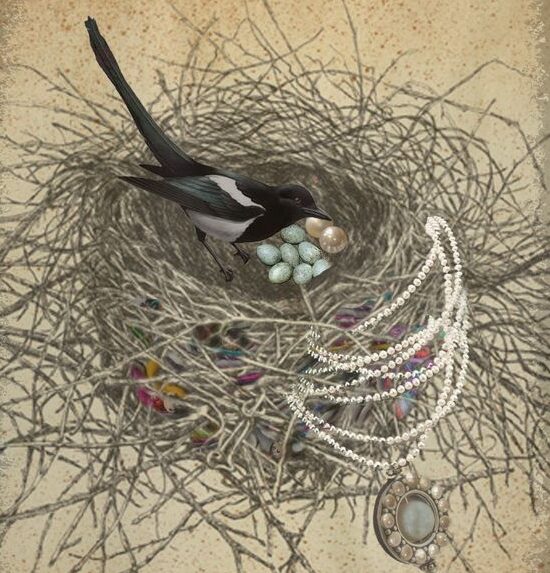What is the Warrior?
The warrior is the Indigo who takes one for the team as a victim soul and their personal process of self-protection and the efforts to protect others in their search for truth. Nice and tidy when you say it, but not so while in the trenches. As an adult Indigo survivor, I had to come to terms with my warrior.
My warrior was the fierce Isis, who took on liars and cheaters and thieves without abandon and with no mercy. I saw, many times, only one-sided injustice where dynamics run deep and muddy. I did my job, and I did it well. I broke up families by making truth mandatory and tragedies public when they wanted to brush truth under the rug or bury it in the backyard. I built walls between sisters and was the slayer of child molesters’ once pristine reputations.
For some warriors, it doesn’t end when the physical experience is over. There are psychological repercussions. I feel that I went through a kind of Post Traumatic Stress Disorder. I was reliving abuse and abandonment over and over and couldn’t let it go—because I felt that if I did, the importance of what I had endured would have been lost.
Letting go of the Warrior’s Initial Job
Triggers can rear their ugly heads when any experience seems threatening. And by threatening I mean anything that has reminiscence of betrayal, feeling emotionally unsafe, or actual abuse. Identifying hot buttons and deciding why some things trigger and other things don’t are important in order to evaluate how they represent present circumstances.
I have learned so much about myself, through my reactions to different situations way after the fact of abuse. Asking yourself,
“Why does this anger me—make me cry, laugh, or somehow make me remember someone from when I was young.”
Evaluating how you can be real with your thoughts and feelings before you react is extremely important during the forgiving process.
When I realized that my emotions were connected to past traumas of abandonment and abuse and that they had nothing to do with present situations and circumstances, I was able to clearly identify trauma in my life. Thinking about each situation that I’ve reacted to, it’s amazing and fascinating to me that I have carried with me so closely and so deeply and for such a long period of time these traumas without peace. I had been acting them out again and again.
Understanding a Better Way to Create Love
It didn’t have to be through constant repetition of loss and abandonment. It could be through learning from my past and teaching others by what I had experienced. It could be, this time around, through forgiveness.
Through my yoga practice I’ve learned that many times our identity is enmeshed in personal dialog about past traumas. We tend to cling to emotional times that are familiar; yet severing ties from habitual responses is imperative in the process of moving on.
To learn from our experiences, we need to look at our emotional patterns in detail and identify the triggers. We must then make a conscious decision to move away from that pattern and acknowledge every moment when you recognize the pattern resurfacing. Then tell yourself that it is now time to pick up the pieces.
This post is the second in a three-part series.
Read the first: The Evolved Indigo—When the Warrior is Ready to Forgive
And keep a lookout for:
The Evolved Indigo—Forgiveness





